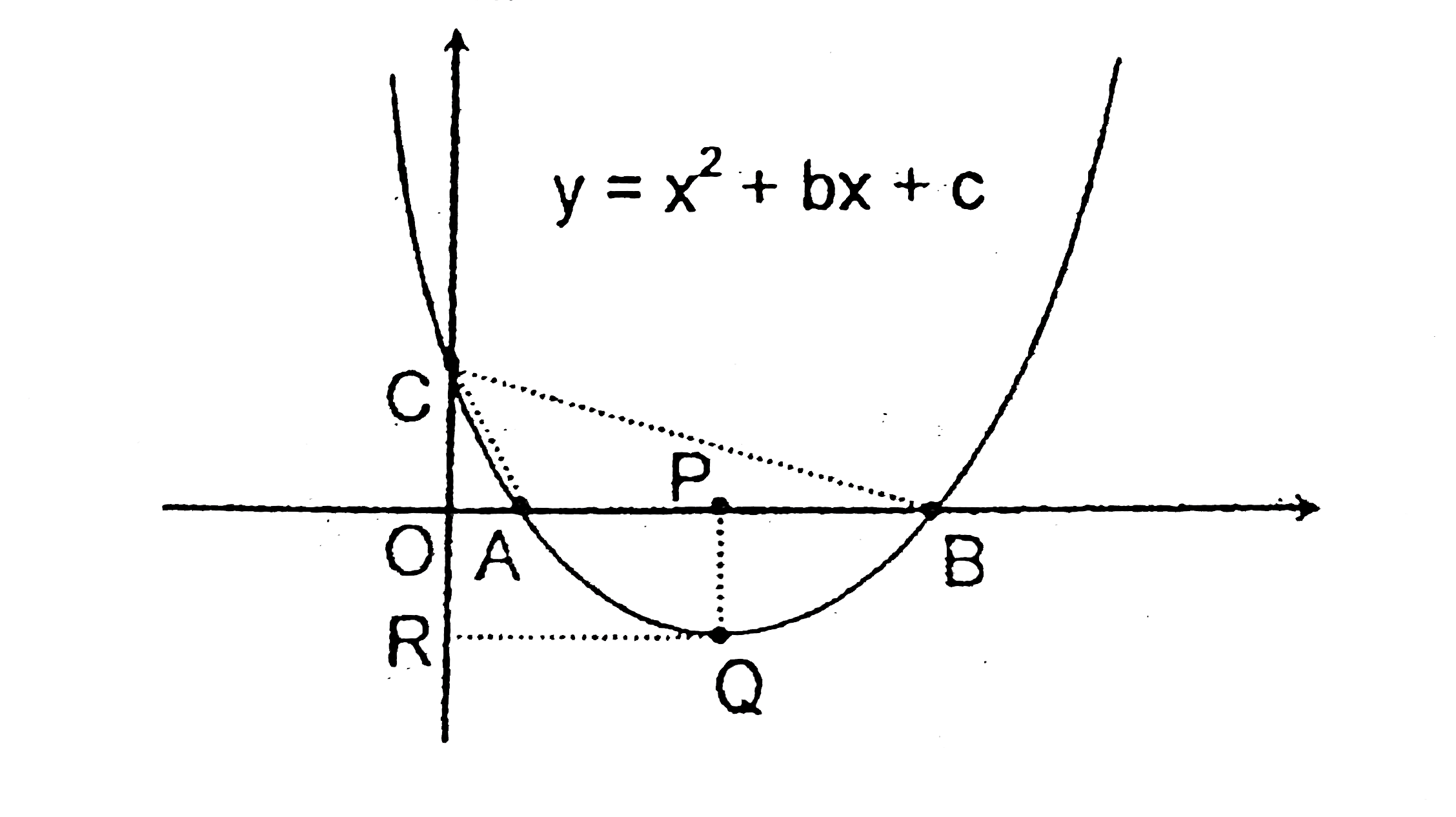A quadratic polynomial maps from [-2,3] onto [0,3] and touches X-axis at x=3, then the polynomial is
(a)316(x2−6x+16)
(b) 325(x2−6x+9)
(c) 325(x2−6x+16)
(d) 316(x2−6x+9)
The correct Answer is:B
To solve the problem step-by-step, we need to find a quadratic polynomial f(x)=ax2+bx+c that meets the given conditions.
Step 1: Understand the properties of the polynomial
The polynomial maps from the interval (−2,3) onto (0,3) and touches the x-axis at x=3. This means that f(3)=0 and x=3 is a double root of the polynomial.
Step 2: Formulate the polynomial
Since x=3 is a double root, we can express the polynomial in the form:
f(x)=a(x−3)2
where a is a constant that we need to determine.
Step 3: Expand the polynomial
Expanding the polynomial gives:
f(x)=a(x2−6x+9)=ax2−6ax+9a
Thus, we have:
- b=−6a
- c=9a
Step 4: Determine the range of the polynomial
Since the polynomial maps from (−2,3) onto (0,3), we need to find the values of f(−2) and f(3):
- f(3)=0 (as it touches the x-axis)
- We need to find f(−2):
f(−2)=a((−2)−3)2=a(25)=25a
We want f(−2)=3 (the maximum value in the range).
Step 5: Set up the equation
Setting 25a=3:
a=325
Step 6: Find b and c
Using a=325:
- b=−6a=−6×325=−1825
- c=9a=9×325=2725
Step 7: Write the polynomial
Now we can write the polynomial:
f(x)=325x2−1825x+2725
Step 8: Check the options
We need to check which option corresponds to our polynomial:
- The polynomial can be rewritten as:
f(x)=325(x2−6x+9)=325(x−3)2
This matches option (b) from the provided options.
Final Answer
The polynomial is:
f(x)=325x2−1825x+2725
Thus, the correct option is (b).
The polynomial maps from the interval (−2,3) onto (0,3) and touches the x-axis at x=3. This means that f(3)=0 and x=3 is a double root of the polynomial.
Since x=3 is a double root, we can express the polynomial in the form:
f(x)=a(x−3)2
where a is a constant that we need to determine.
Expanding the polynomial gives:
f(x)=a(x2−6x+9)=ax2−6ax+9a
Thus, we have:
- b=−6a
- c=9a
Since the polynomial maps from (−2,3) onto (0,3), we need to find the values of f(−2) and f(3):
- f(3)=0 (as it touches the x-axis)
- We need to find f(−2):
f(−2)=a((−2)−3)2=a(25)=25a
We want f(−2)=3 (the maximum value in the range).
Setting 25a=3:
a=325
Using a=325:
- b=−6a=−6×325=−1825
- c=9a=9×325=2725
Now we can write the polynomial:
f(x)=325x2−1825x+2725
We need to check which option corresponds to our polynomial:
- The polynomial can be rewritten as:
f(x)=325(x2−6x+9)=325(x−3)2
This matches option (b) from the provided options.
The polynomial is:
f(x)=325x2−1825x+2725
Thus, the correct option is (b).
Topper's Solved these Questions
- FUNCTIONSBOOK - ARIHANT MATHS ENGLISHCHAPTER - FUNCTIONSEXERCISE - Exercise (More Than One Correct Option Type Questions)
22 Videos
- FUNCTIONSBOOK - ARIHANT MATHS ENGLISHCHAPTER - FUNCTIONSEXERCISE - Exercise (Statement I And Ii Type Questions)
11 Videos
- FUNCTIONSBOOK - ARIHANT MATHS ENGLISHCHAPTER - FUNCTIONSEXERCISE - Exercise For Session 12
4 Videos
- ESSENTIAL MATHEMATICAL TOOLS BOOK - ARIHANT MATHS ENGLISHCHAPTER - ESSENTIAL MATHEMATICAL TOOLS EXERCISE - Exercise (Single Integer Answer Type Questions)
3 Videos
- GRAPHICAL TRANSFORMATIONSBOOK - ARIHANT MATHS ENGLISHCHAPTER - GRAPHICAL TRANSFORMATIONSEXERCISE - Exercise (Questions Asked In Previous 13 Years Exam)
10 Videos
Similar Questions
A quadratic polynomial, whose zeroes are −3 and 4, is
View SolutionThe sum and product of the zeros of a quadratic polynomial are −12 and −3 respectively. What is the quadratic polynomial.
View SolutionDraw the graph of the polynomial f(x)=x3 .
View Solution
in the given figure y=x2+bx+c is a quadratic polynomial which meets x-axis at A and B and y-axis at C Q is vertex of quadratic polynomial and foot of perpendicular from Q to x-axis and y-axis are P and R respectively. Then answer the following questions.
Q. if two circles passing through A and B touches y-axis at C and R respectively then
View Solutionx3−2x2−x+2 Factorize the polynomial,
View SolutionIf the quadratic polynomial P(x)=(p−3)x2−2px+3p−6 ranges from [0,∞) for every x∈R, then the value of p can be:
View SolutionFind a quadratic polynomial whose zeros are reciprocals of the zero of the polynomial f(x)=ax2+bx+c,a≠0,c≠0.
View SolutionIf graph of quadratic polynomial ax2+bx+c cuts positive direction of y-axis, then what is the sign of c ?
View SolutionIf the graph of quadratic polynomial ax2+bx+c cuts negative direction of y-axis, then what is the sign of c ?
View SolutionFrom a quadratic polynomial, the sum and product of whose zeros are (−3) and 2 respectivily.
View Solution
